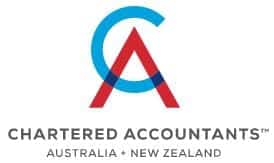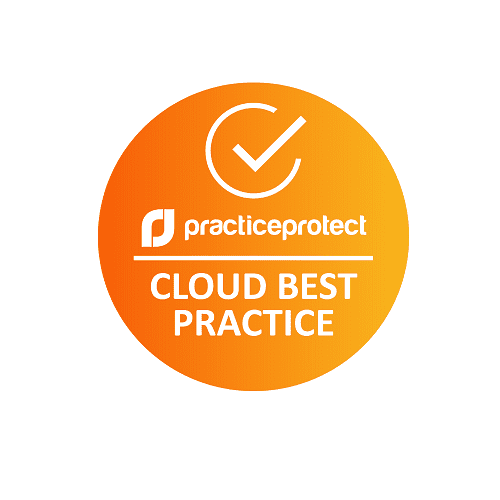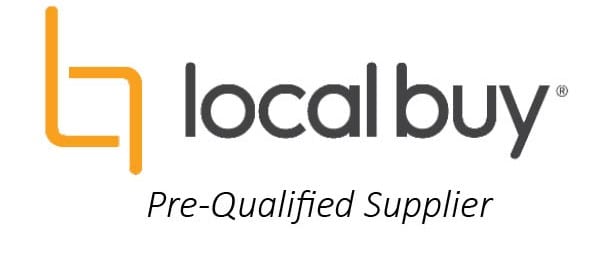Article by National Audits Group Managing Director, Steve Watson.
Establishing ground rules for client engagement is essential for effective management of audit and assurance projects. There’s no question that technology is allowing audit firms to take control of client relationships. But it all goes back to effective systems and processes for managing the flow of information and this relies as much on people as technology.
Who runs the show, you or your client?
Of course, the firm doing the work is responsible for the collection and analysis of data, production of reports and delivery of recommendations. However, most firms still struggle to produce work in a timely manner, even when external regulations dictate deadlines for delivery. Clients still maintain control over the quality of information received and the way it’s received. Often, it’s the start and stop associated with workflow that creates the greatest time delays and inefficiencies in production.
In 2020, new technology is creating new audit opportunities in relation to:
- Quality of information
- Finding anomalies
- Developing insights
- Mitigating risks
Technology is also allowing for greater efficiencies around workflow management and production. In our utopian vision of the audit world of the future, clients understand exactly what information is required and when it’s needed. No time is wasted following up information requests. All team members involved in managing the client relationship have access to all relevant information and communication with clients, so they can see immediately what’s going on.
Just one example is the recent launch of CaseWare Xtend, which allows audit firms to have a stronger and closer relationship with clients, through the ability to:
- Securely request, file and store sensitive client data;
- Collaborate and communicate with clients more effectively and in real time, allowing for a more adaptable and transparent workflow;
- Manage client files and requests in one centralised location that is accessible to all parties involved..
Are you using technology to your advantage in managing client relationships?
The technology is only as useful as the systems and processes underlying its use and the behaviour of staff using these systems and processes.
Let’s look at 7 key steps to effectively manage client relationships. With these steps in place and supported by technology, audit firms are in a strong position to provide services more effectively.
Step 1 – Establish the audit team and inform the client
The key to the delivery of any professional service which involves both advisory and compliance work is effective leverage. This means that work is delegated to the people with the right skills, experience and charge out rate. The sole practitioner can still provide the same service, but without leverage, the service becomes more expensive and/or relatively unprofitable. Clients should be aware of key people involved in the compliance and advisory components of the work.
Step 2 – Set up an accessible document management system
An effective document management system requires a level of accessibility for both client and the audit firm. Clients should be able to upload documents based on a customised checklist based on the industry profile of the client.
Platforms like CaseWare Xtend do away with excel spreadsheets and allow all parties to see what information has been provided and what’s outstanding. If information received is not complete, the client can see immediately what additional information is required.
Step 3 – Establish a simple and effective risk management tool
Effective leverage means that the person who is doing the work should have the ability to identify and document specific risks. Specific ongoing training is required. We’re starting to see tools such as AnalyticsAI which are able to analyse all data in real time to ensure auditors are focusing on areas of higher risk and importance.
Step 4- Provide platforms for improved collaboration and communication
Increasingly, staff are working at multiple locations and need to share information confidently and securely. Clients are often uncomfortable with audit staff working from the client’s office when they can just as easily do the work off-site. Tools like Microsoft Teams and Zoom allow for effective collaboration and communication in real time. When data is in the cloud, it doesn’t make a lot of sense for audit staff to spend any more time than necessary onsite.
Step 5 – Set expectations in relation to workflow and communication
When commencing an audit project, it’s appropriate to set clear expectations in relation to ongoing engagement. This means that there is clear understanding of timeframes for the collection and processing of data. Both staff and clients understand that initial and follow-up requests need to be addressed in a timely manner. Where possible, communication should be documented so that anyone involved with the project can see what’s happening.
Step 6 – Use technology to streamline processes, but understand its limitations
Despite the myriad of benefits and potential for future technology in auditing, we can never assume that the ‘machine knows best’. As good as ‘bots’ are, auditors should always understand what they can and cannot do, and always question the accuracy of information input. Did the algorithm pick up expected anomalies? Has it highlighted any potential risks? Are there more ways that we could get further insights?
Step 7 – Engage the client annually and in a timely manner
The quickest way to create a perception of a commoditised service with no value beyond its reporting outputs is to ignore the value of annual review and engagement. Firms afraid of regular review are usually those that are unsure of the value of the service they provide. With an annual audit service, the client should be engaged 6 months from the commencement of the work, so they have the opportunity to review and address recommendations and prepare for an effective audit in the next financial year.
How will the upcoming Parliamentary Inquiry affect client engagement?
The Parliamentary Joint Committee on Corporations and Financial Services is due to present their report into the regulation of auditing in Australia in March 2020. There’s no doubt that primary focus will be on potential conflict of interest in firms conducting both audit and consulting work for the same client.
Many of these firms have already considered the clearer separation of audit and consulting work. This creates opportunities for firms specialising in audits to really take control of client relationships and build in strong processes that really engage clients. This is the best way to build value in audit rather than simply seeing audit as a pathway to more lucrative consulting services.
In this regulatory climate, it’s essential that firms serious about providing audit services focus on the quality of engagement with their clients through appropriate technology, systems and processes. Audit can lead the way for accounting and advisory firms looking to improve the way that they communicate with their clients.
National Audits Group is committed to excellence in client service. Through the effective use of technology, processes and training, it’s making a concerted effort to stay ‘ahead of the curve’ in the new regulatory environment. Contact Steven Watson to discuss how the National Audits Group can help you better manage your audit clients.












